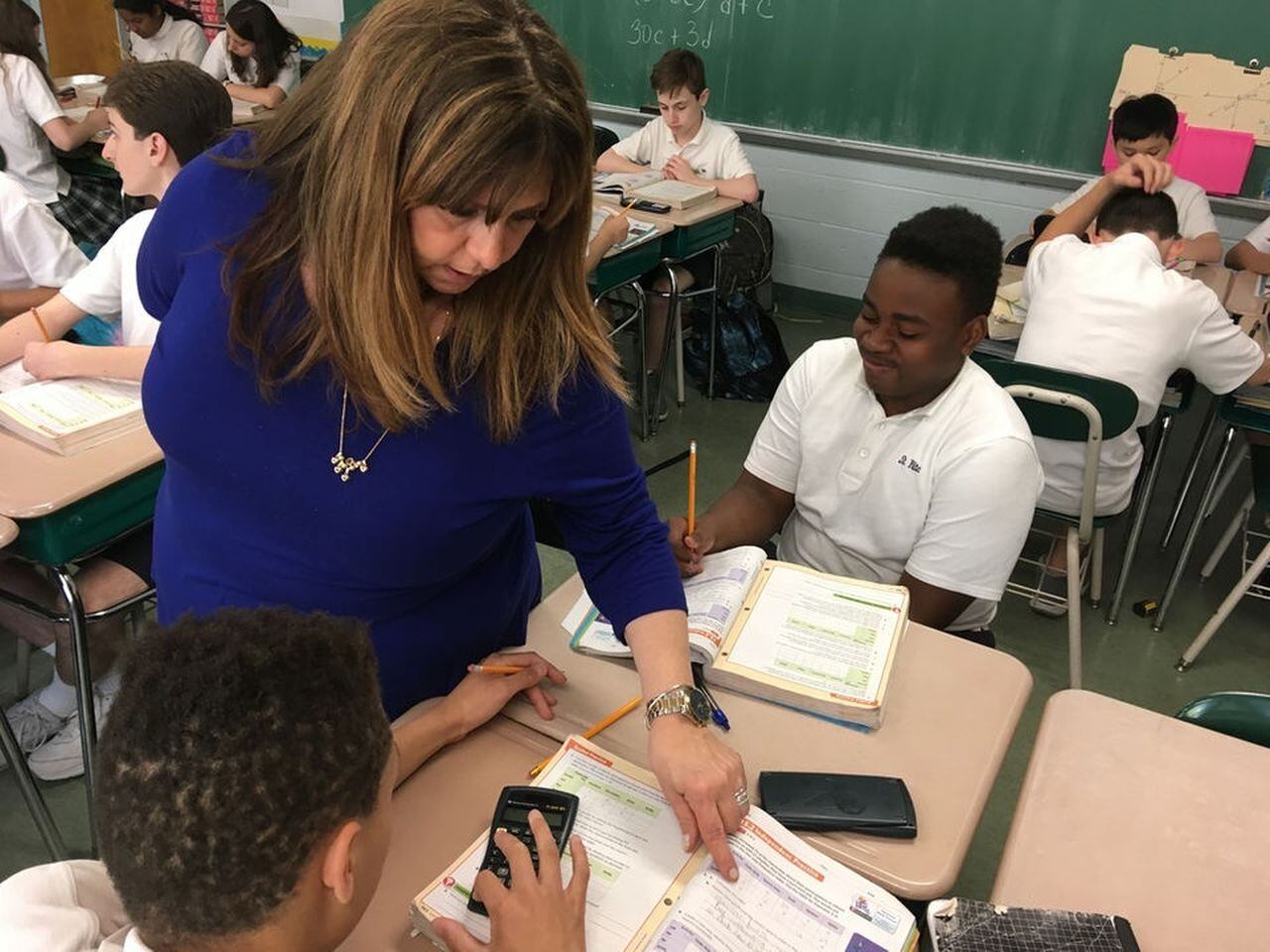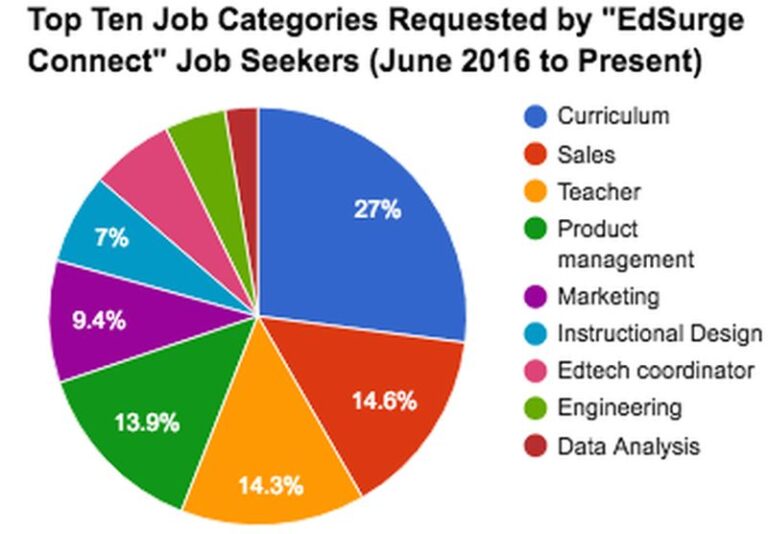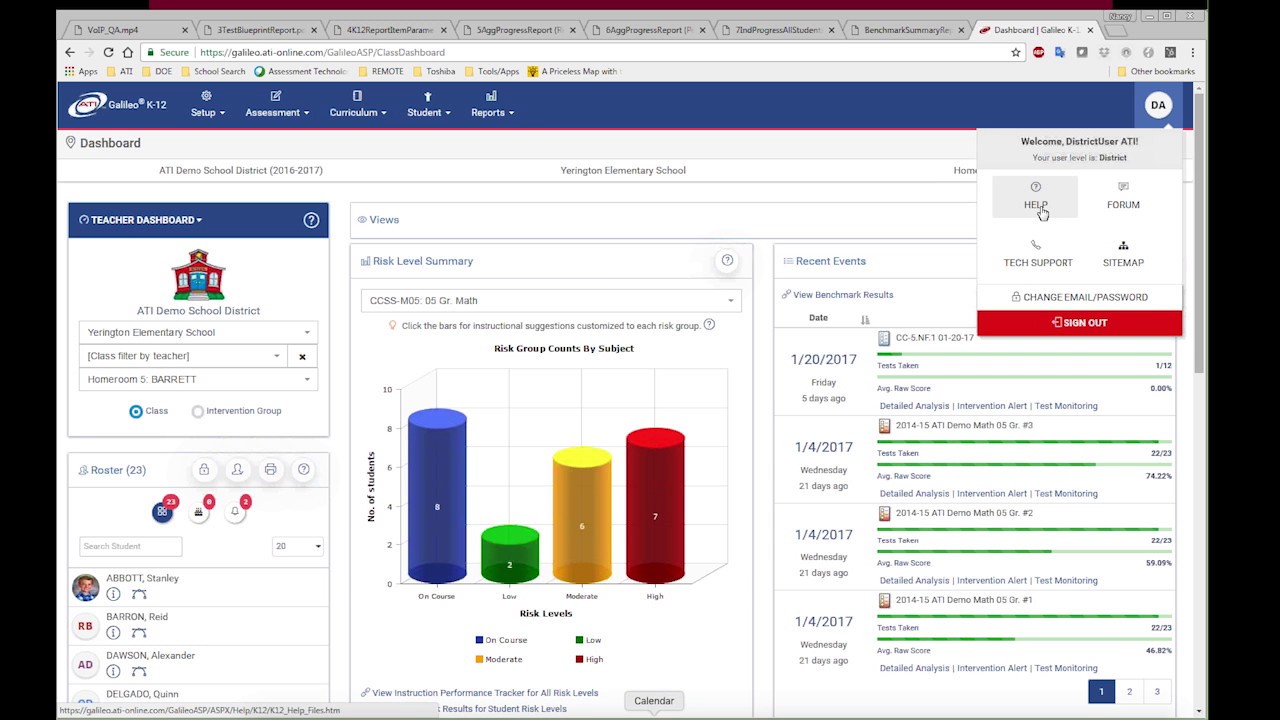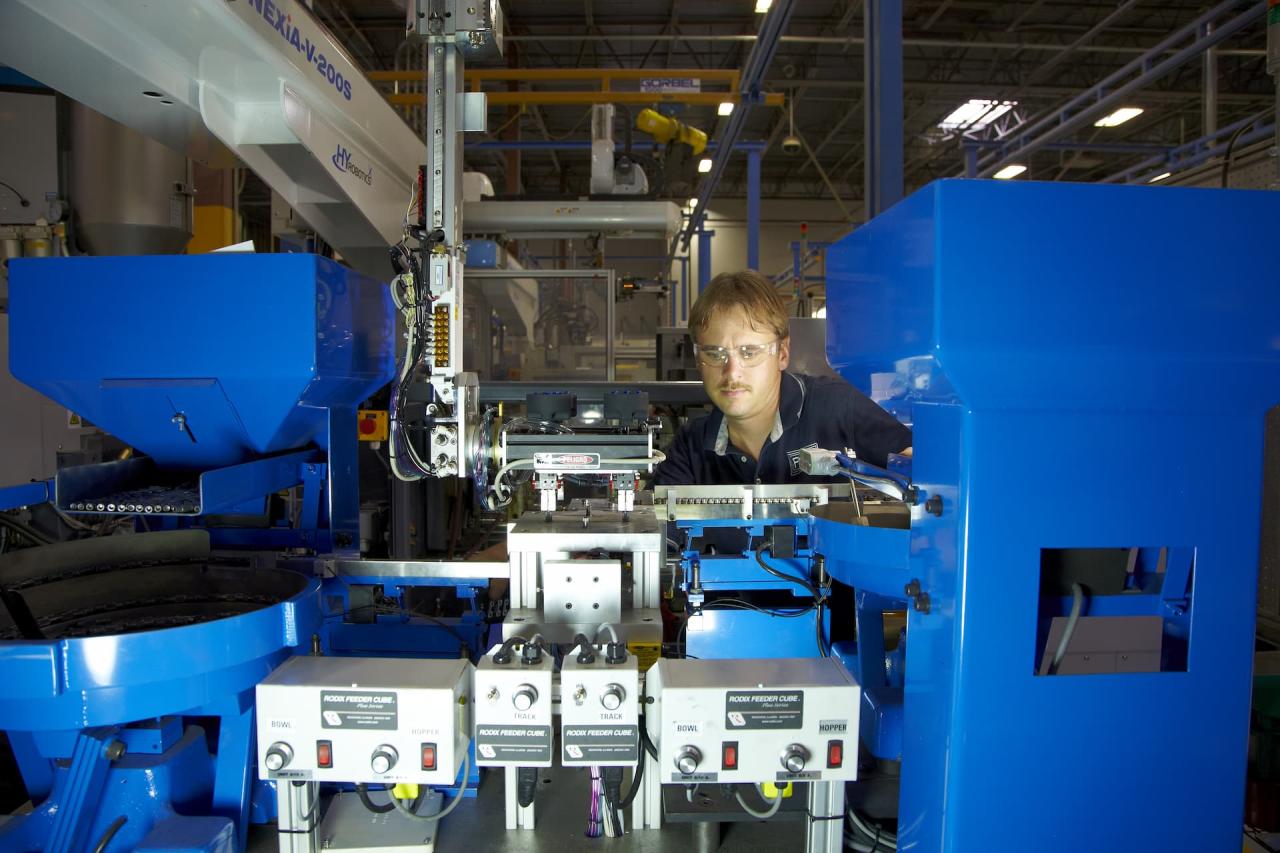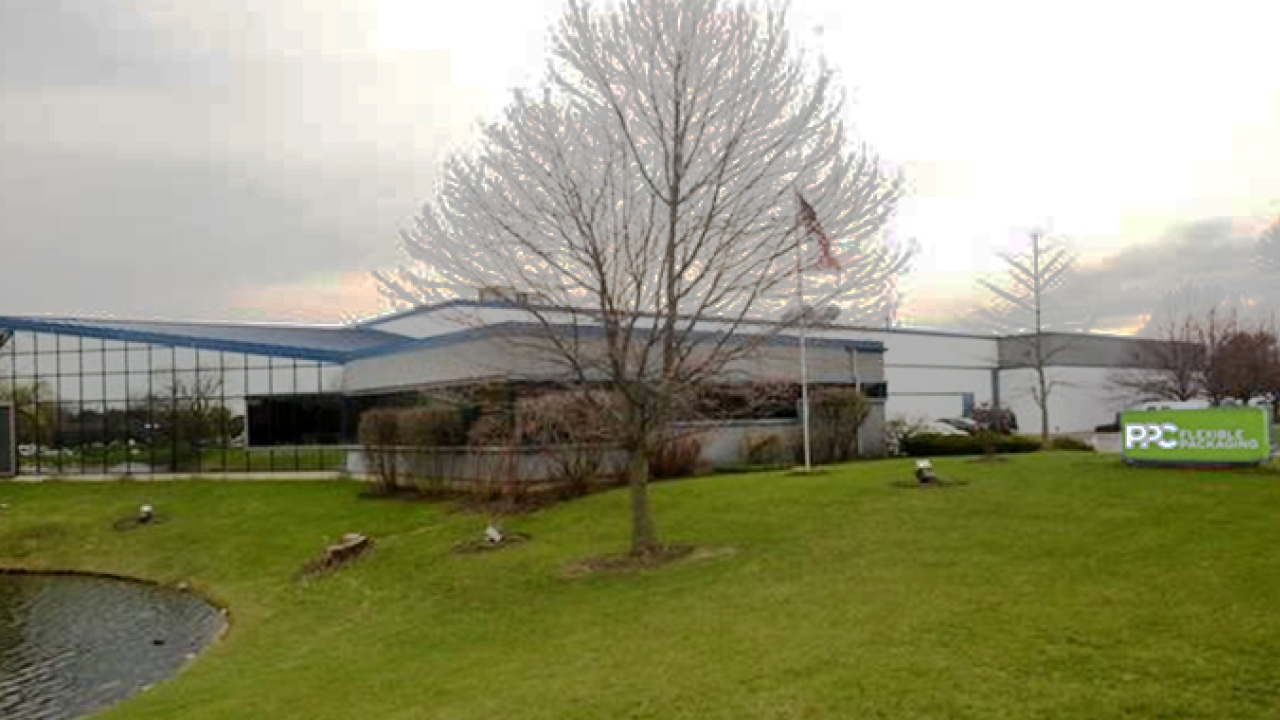Practice Technology: Shaping Skills for the Future
Practice technology, a revolutionary force in shaping skills and knowledge, has transformed how we learn and develop. From traditional methods to cutting-edge digital tools, practice technology has permeated various fields, […]
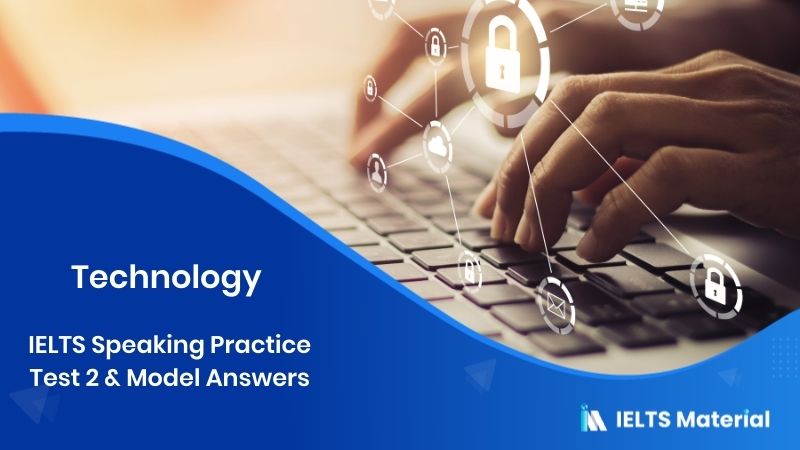
Practice technology, a revolutionary force in shaping skills and knowledge, has transformed how we learn and develop. From traditional methods to cutting-edge digital tools, practice technology has permeated various fields, including education, healthcare, and the arts.
This evolution has brought about significant changes, impacting the way we approach learning, skill acquisition, and even the future of work. The benefits are undeniable, offering personalized learning experiences, enhanced feedback mechanisms, and the ability to practice real-world scenarios through virtual reality.
The Evolution of Practice Technology

The evolution of practice technology has been a journey from rudimentary tools to sophisticated digital platforms. This journey reflects a constant pursuit of enhancing learning, skill development, and performance across various domains.
The Impact of Practice Technology on Education
The integration of technology into education has transformed the learning experience. Educational software, simulations, and online learning platforms provide personalized learning paths, interactive exercises, and immediate feedback. This has enabled students to learn at their own pace, explore complex concepts, and develop critical thinking skills. For instance, educational games like “Minecraft” allow students to engage in creative problem-solving and collaborative learning, fostering their understanding of concepts like geometry and physics.
The Impact of Practice Technology on Healthcare
In healthcare, practice technology plays a crucial role in training medical professionals. Medical simulations, virtual reality (VR) training, and augmented reality (AR) applications allow medical students and professionals to practice complex procedures in a safe and controlled environment. These technologies provide realistic scenarios, enabling them to develop essential skills and enhance their decision-making abilities. For example, VR surgery simulations allow surgeons to practice complex procedures before operating on actual patients, reducing the risk of errors and improving patient outcomes.
The Impact of Practice Technology on the Arts
Practice technology has also revolutionized the arts. Digital music production software, graphic design tools, and virtual reality art platforms have democratized artistic creation, allowing individuals to explore their creative potential without needing expensive equipment or traditional training. This accessibility has fostered innovation and experimentation in various art forms. For example, virtual reality art experiences allow viewers to immerse themselves in interactive and immersive art installations, pushing the boundaries of artistic expression.
The Role of Gamification and Virtual Reality in Practice Technology
Practice technology has evolved significantly, incorporating innovative approaches to enhance learning and skill development. Gamification and virtual reality (VR) are two prominent examples of this evolution, offering engaging and immersive experiences that transform the way we practice.
Gamification in Practice Technology
Gamification leverages game mechanics and design principles to motivate and engage users in non-game contexts. This approach has found its way into practice technology, transforming mundane tasks into enjoyable and rewarding experiences. By incorporating elements like points, badges, leaderboards, and challenges, gamification enhances motivation, encourages persistence, and promotes a sense of accomplishment.
- Points and Badges: Awarding points and badges for completing tasks or achieving milestones provides a sense of progress and achievement, motivating users to continue practicing.
- Leaderboards: Creating leaderboards allows users to compare their performance with others, fostering healthy competition and encouraging them to improve their skills.
- Challenges: Incorporating challenges, such as time-based goals or specific skill-focused tasks, adds an element of excitement and encourages users to push their limits.
- Storytelling: Embedding practice activities within a narrative context can make the learning process more engaging and immersive, providing a sense of purpose and direction.
Benefits of Virtual Reality in Practice Technology
Virtual reality technology offers a highly immersive and interactive environment for practicing real-world scenarios. By creating simulated experiences that closely resemble real-life situations, VR enables users to gain valuable hands-on experience in a safe and controlled setting.
- Safe and Controlled Environment: VR provides a safe space for practicing potentially dangerous or high-risk procedures, allowing users to learn and make mistakes without real-world consequences.
- Immersive and Realistic Experience: VR immerses users in realistic simulations, providing a more engaging and effective learning experience compared to traditional methods.
- Repeated Practice: VR allows users to repeatedly practice specific skills or scenarios without the limitations of time or resources, enabling mastery and confidence building.
- Cost-Effectiveness: VR can significantly reduce the costs associated with traditional training methods, such as physical equipment, travel, and real-world scenarios.
Challenges of Virtual Reality in Practice Technology
While VR offers significant benefits, there are also challenges associated with its implementation in practice technology.
- Cost and Accessibility: VR equipment and software can be expensive, limiting accessibility for some individuals and organizations.
- Technical Limitations: VR technology is still evolving, and current limitations in hardware and software can affect the realism and fidelity of simulations.
- Motion Sickness: Some users may experience motion sickness or discomfort while using VR, particularly during prolonged sessions.
- Lack of Physical Interaction: VR simulations often lack the physical interaction and feedback found in real-world scenarios, potentially limiting the transfer of skills to real-life situations.
VR Applications in Different Fields
VR has found diverse applications across various fields, including:
- Healthcare: VR simulations are used to train surgeons, nurses, and other medical professionals in complex procedures, such as laparoscopic surgery or patient care.
- Engineering: VR allows engineers to design and test prototypes in virtual environments, reducing the need for expensive physical prototypes and accelerating the design process.
- Training Simulations: VR is used to create realistic training simulations for various industries, such as military training, aviation, and emergency response.
The Future of Practice Technology
The landscape of practice technology is poised for a dramatic transformation, driven by the rapid advancements in artificial intelligence (AI), augmented reality (AR), and other emerging technologies. These innovations promise to revolutionize how we learn, develop skills, and perform tasks across various industries.
The Impact of AI and AR on Practice Technology
AI and AR are poised to play a pivotal role in shaping the future of practice technology.
- AI-powered personalized learning platforms will analyze individual learning styles and progress to tailor practice sessions and provide customized feedback. This will allow for more efficient and effective learning experiences.
- AR will create immersive and interactive practice environments, allowing users to engage in real-world scenarios without the risks and costs associated with traditional training methods. For example, surgeons can practice complex procedures in a virtual operating room, and firefighters can train in simulated fire scenarios.
- AI-driven simulations will provide realistic and dynamic practice scenarios, adapting to user actions and providing feedback in real-time. This will enable users to develop critical thinking and decision-making skills in a safe and controlled environment.
The Future Landscape of Practice Technology in Healthcare
Imagine a future where healthcare professionals use AR-enabled devices to visualize patient anatomy during surgery, providing real-time guidance and reducing the risk of complications. AI-powered systems can analyze patient data and predict potential health risks, enabling proactive interventions and personalized treatment plans. Practice technology will play a crucial role in training the next generation of healthcare professionals, equipping them with the skills and knowledge to navigate the complexities of modern medicine.
Final Review
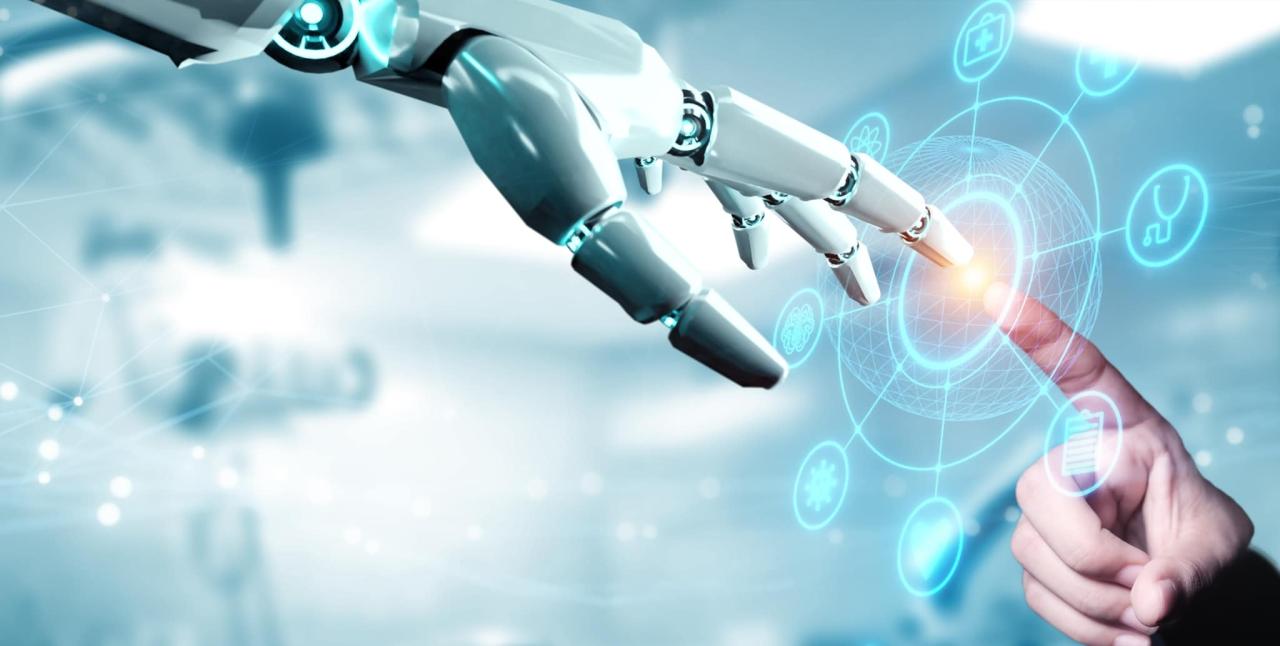
As practice technology continues to evolve, fueled by advancements in artificial intelligence and augmented reality, we can expect even more transformative applications. The future holds exciting possibilities for personalized learning, immersive simulations, and a workforce equipped with the skills needed to navigate a rapidly changing world.
Practicing technology involves hands-on experience with real-world tools and applications. A prime example of this is the Agilent Technologies 7890A , a powerful gas chromatograph system used in laboratories for analyzing complex mixtures. By working with such sophisticated equipment, individuals gain a deeper understanding of scientific principles and develop practical skills essential for various fields.

